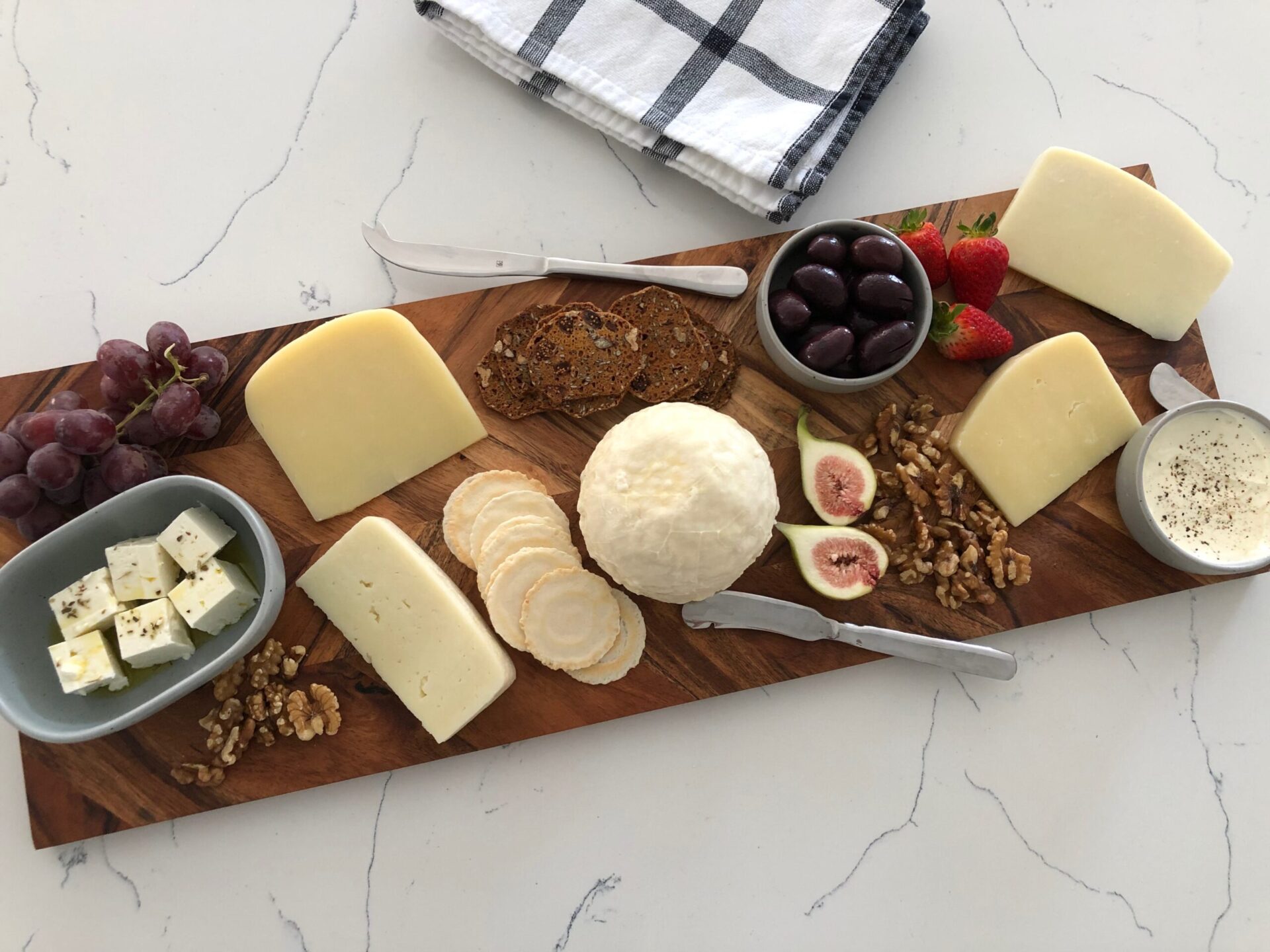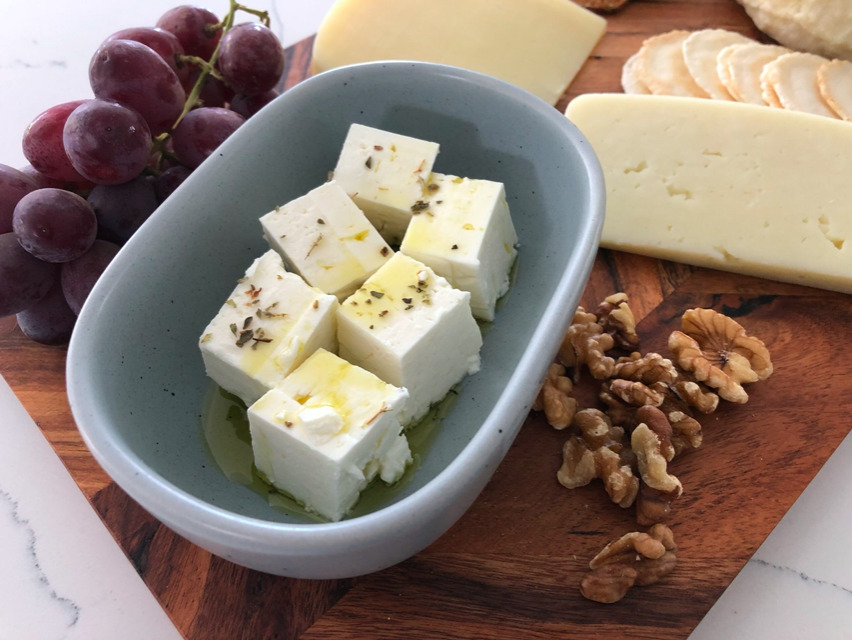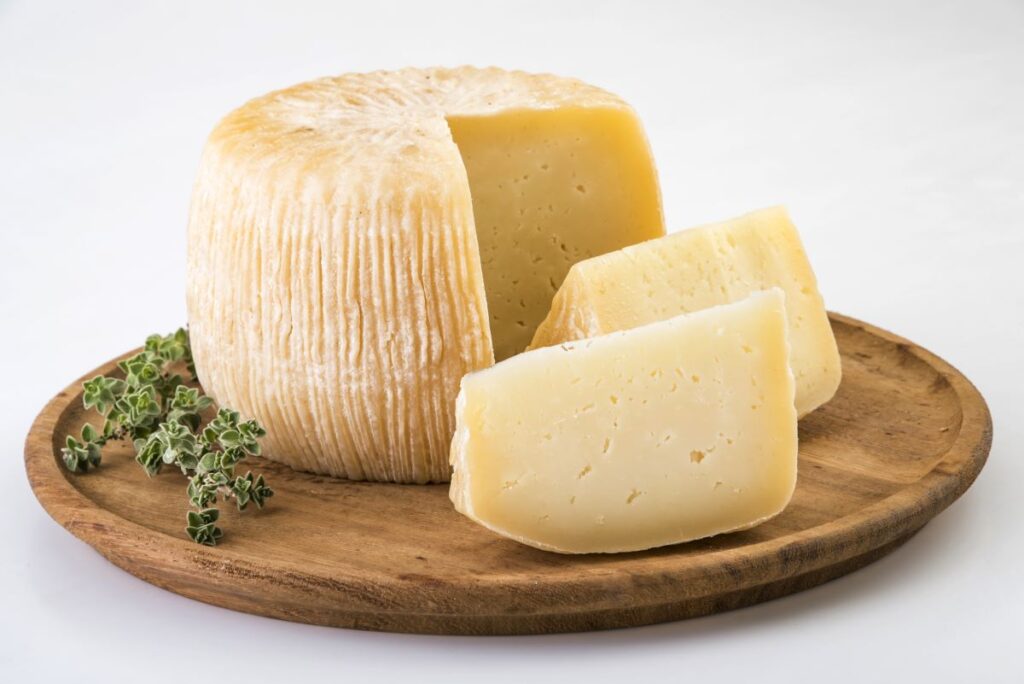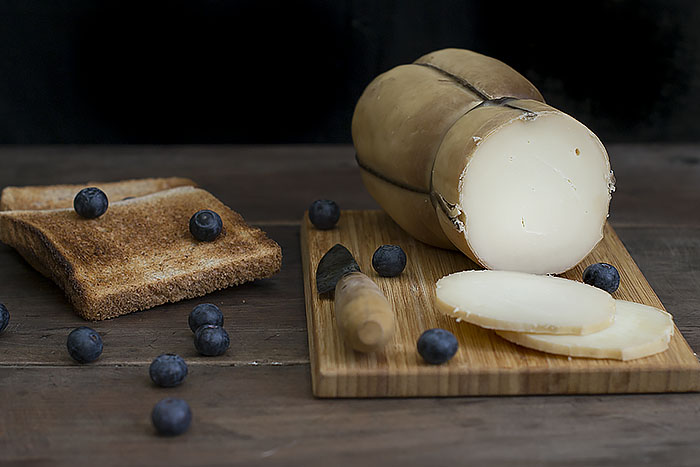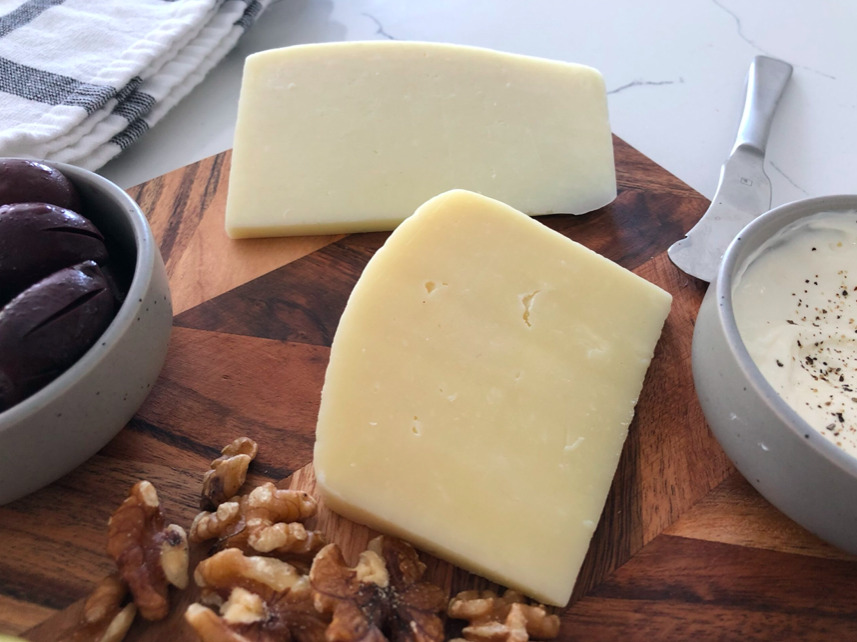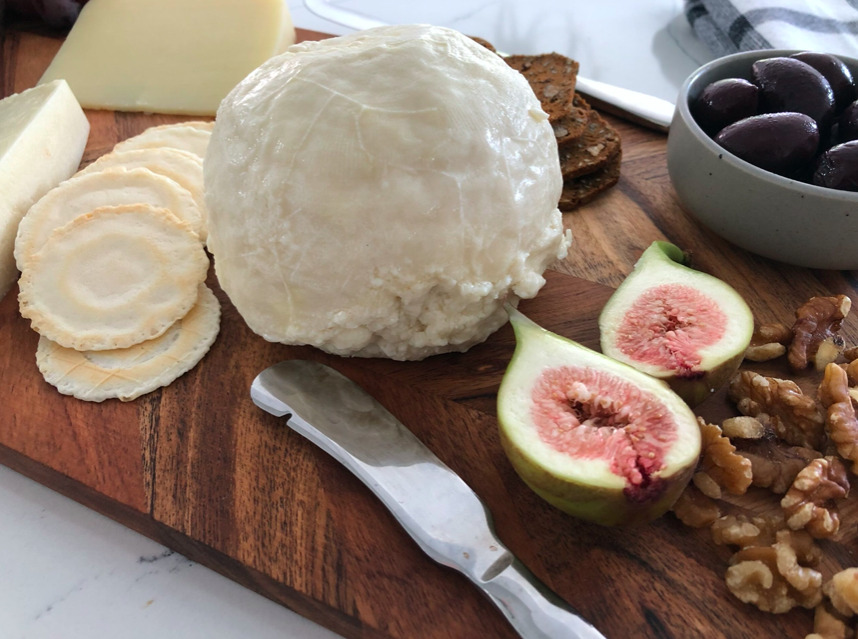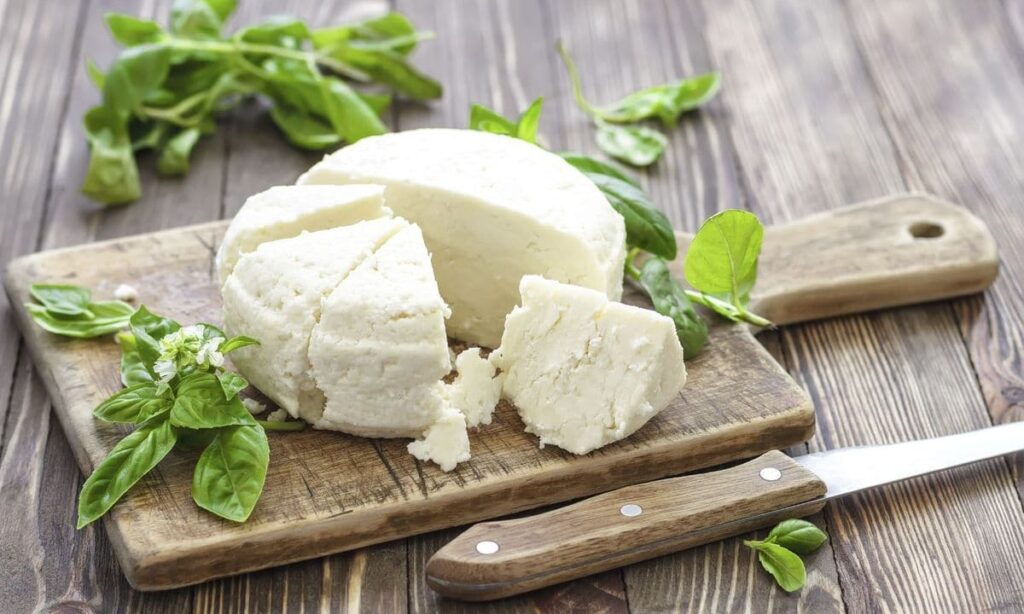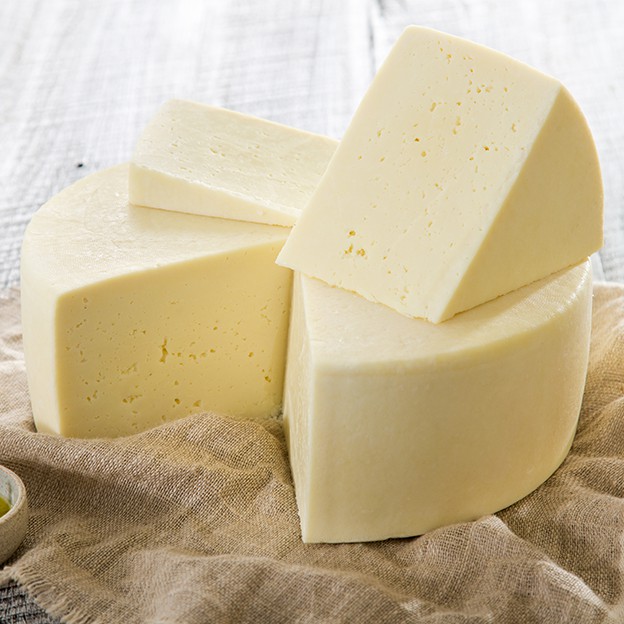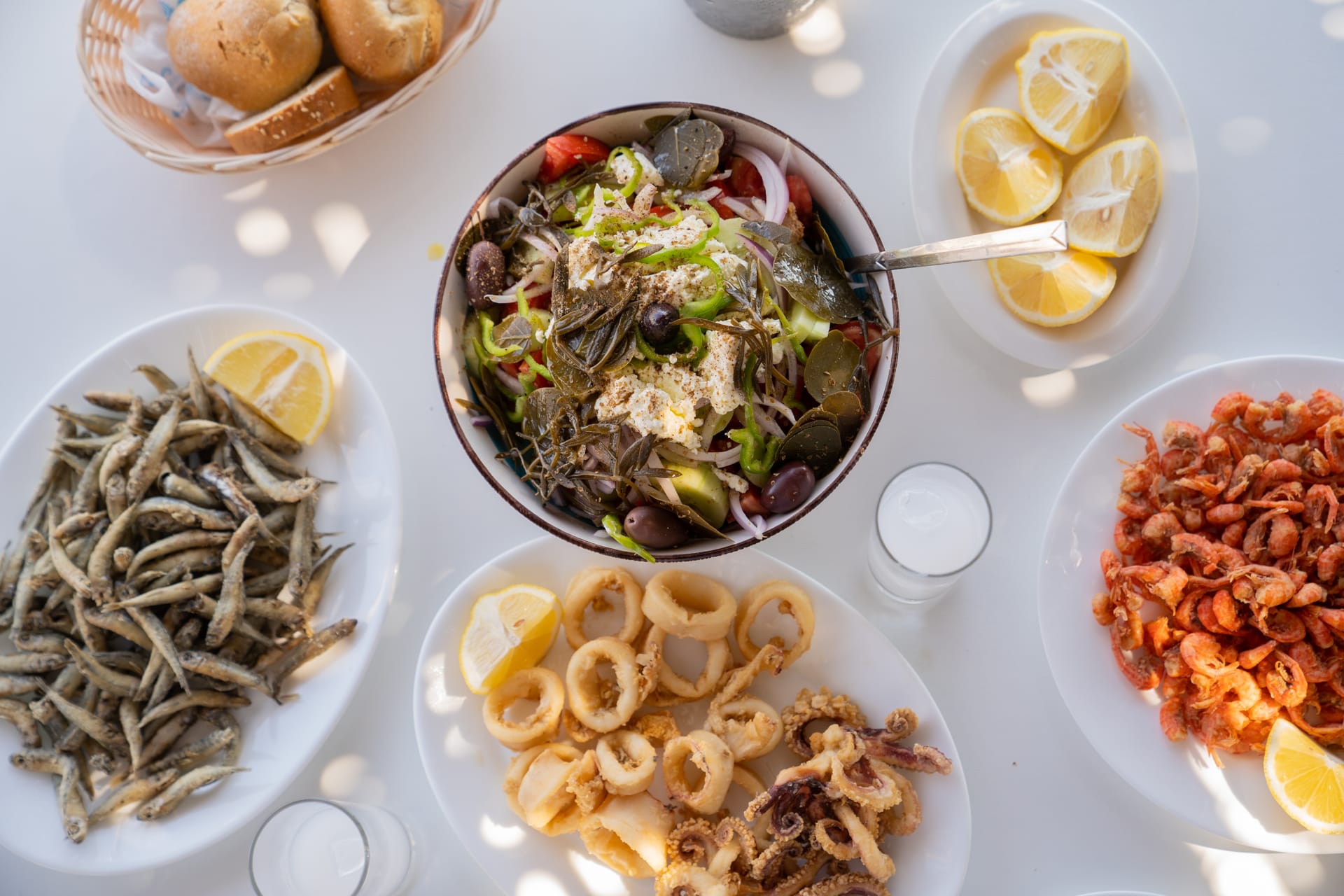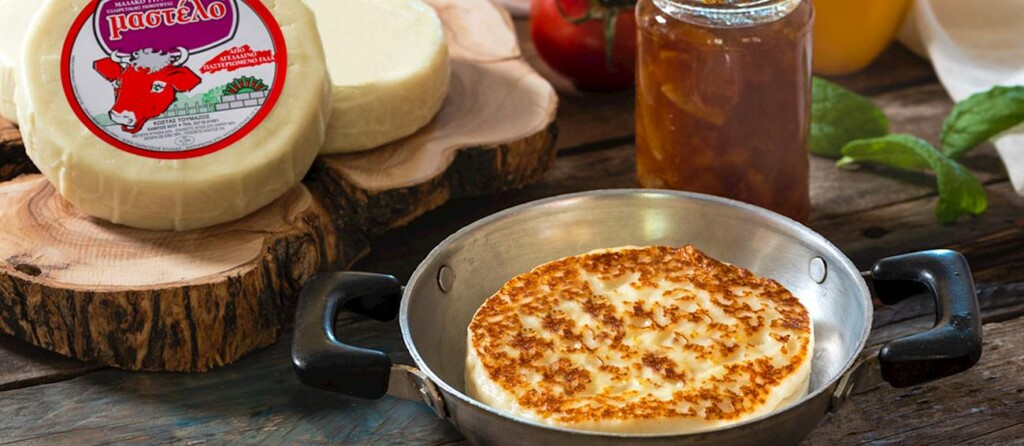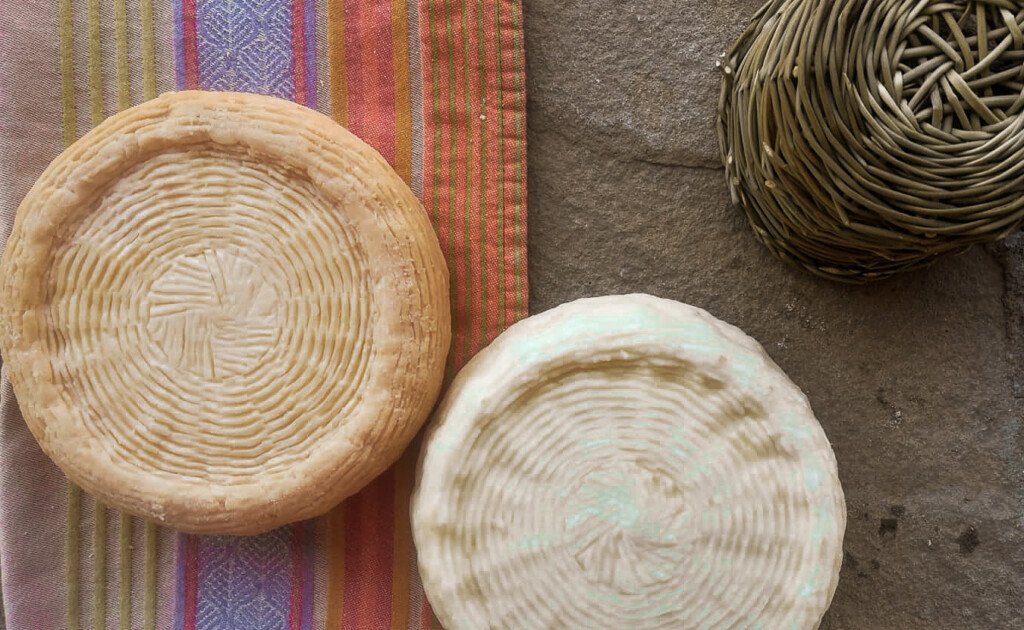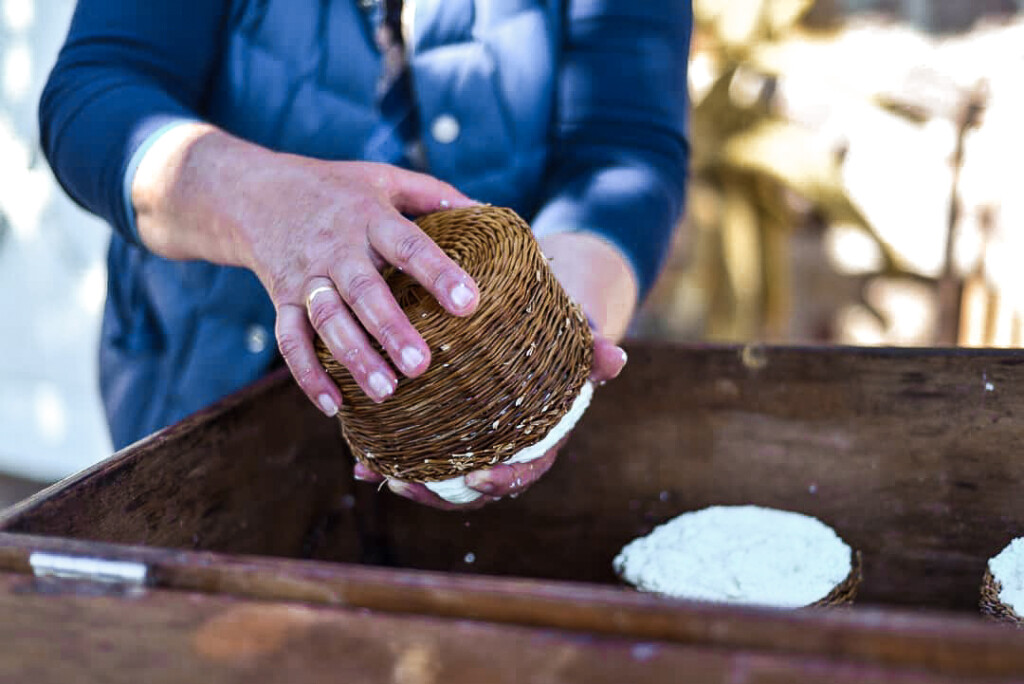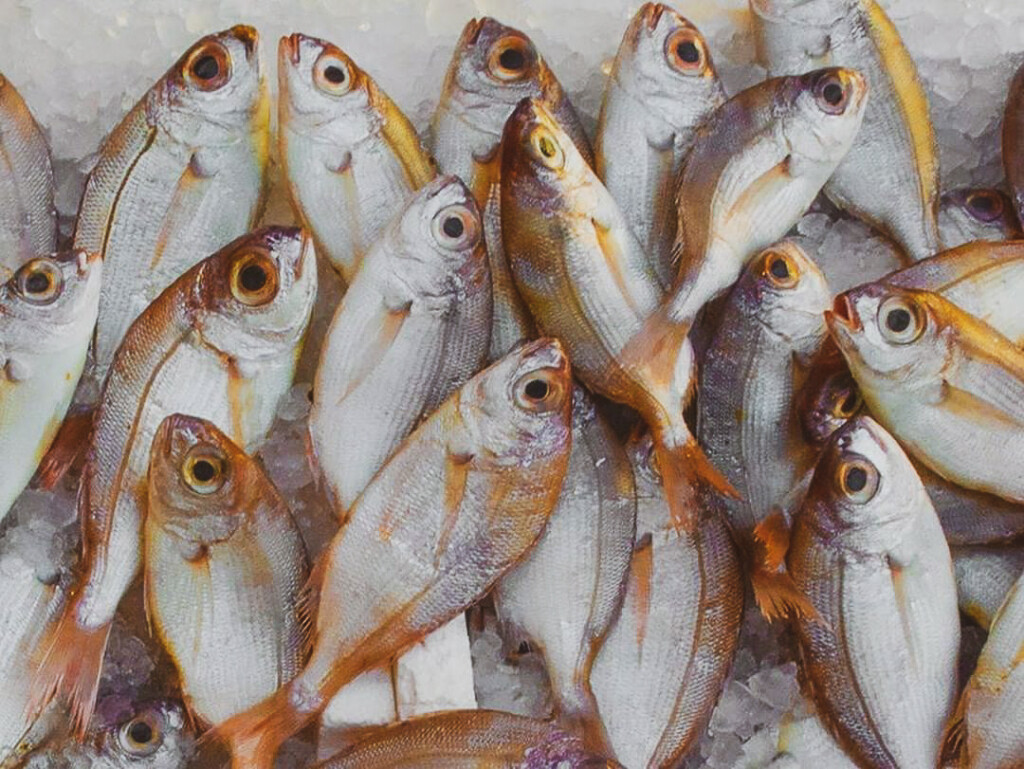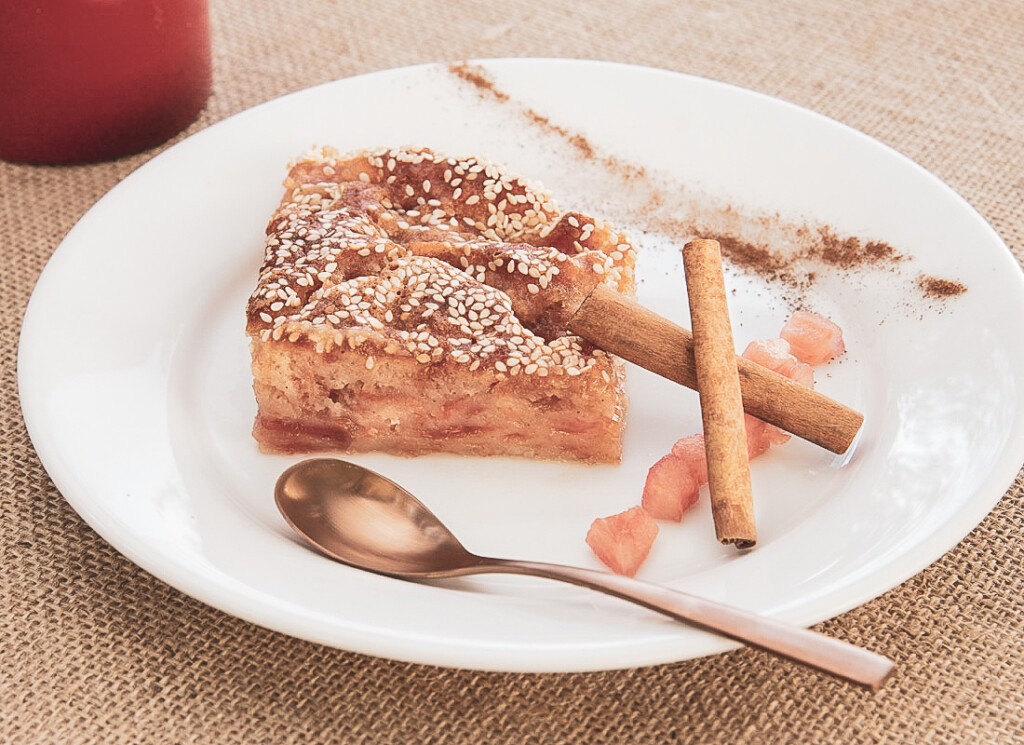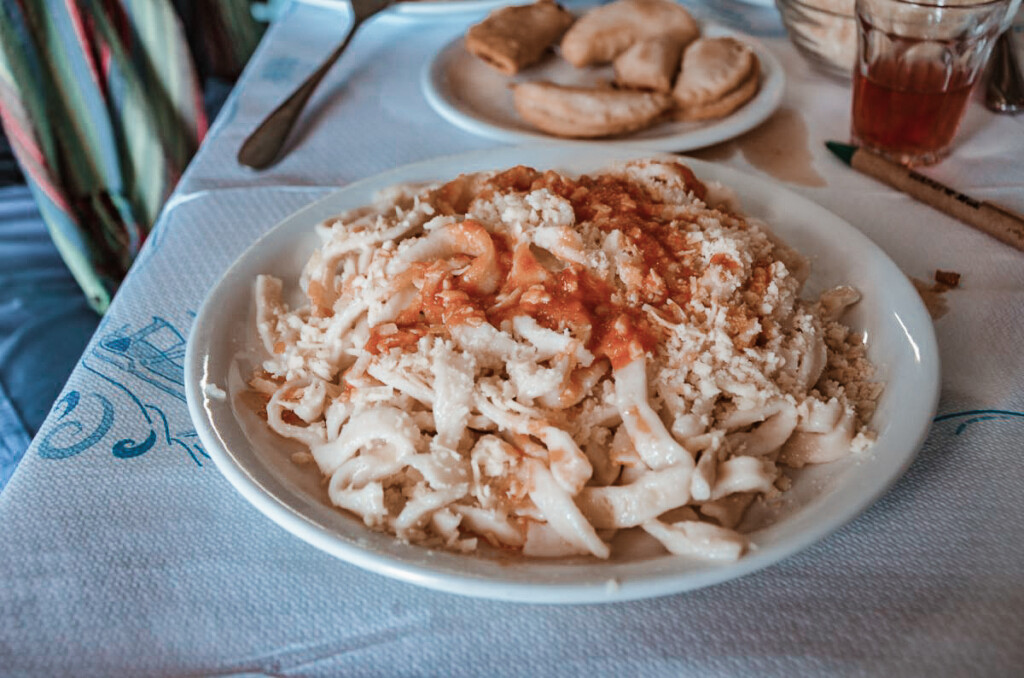France is famous for its camembert, brie, and bleu d’Auvergne, but did you know Greece has a delightful variety of cheeses that go way beyond Feta?
In fact, Greece has a century-old cheese-making tradition, which is a rich part of the country’s history. Below is a list of varieties that we love to serve on our lavish cheese boards, grate over our pasta and crumble into our homemade pies!
Feta
Made with sheep or a mixture of sheep’s and goat’s milk, Feta is aged for several weeks before being stored in barrels filled with brine for a minimum of two months. It’s Greece’s most popular table cheese and used in salads, baked in pies, sprinkled on famous dishes such as Gemista (stuffed vegetables), as well as being added into recipes like prawn saganaki.
Graviera
Greece’s second most popular cheese is graviera- made from a blend of cow’s, goat’s, and sheep’s milk. It’s produced in several regions- mostly Crete, Naxos, and Lesvos. Graviera from Crete is made from sheep’s milk and matures for at least five months and has a slightly sweet flavour, while graviera from Naxos is primarily made with cow’s milk. Also a table cheese, it can be cut, grated, and served as a meze or mixed into baked dishes.
Kapnisto Metsovone
Originating in Metsovo, a lovely mountainous town in Northern Greece, Metsovone is a semi-hard smoked cheese made from cow’s milk or a blend of cow and sheep or goat milk. Metsovone is produced using the pasta filata technique, just like Italian provolone. A European protected designation of origin since 1996, Metsovone is a great table cheese and also perfect for grilling. Note: this is one of Greece’s very few smoked cheeses.
-
Feta -
Graviera -
Kapnisto Metsovone
Kasseri
This is a semi-hard cheese made from sheep’s milk and is pale-yellow in colour, has a soft, stringy texture, and requires unpasteurized milk to obtain the right flavour. Aged for four months, it’s a common table cheese that’s also found throughout the Balkans and in Italy. This variety is fairly mild and subtly sweet in flavour, making it ideal to serve as a meze; and because of its slight salty note, you’ll also find it included in many classic baked dishes.
Mizithra
Mizithra comes in both dried and fresh versions and is produced all over Greece. Made from pasteurized sheep’s or goat’s milk, or a mixture of both and whey, this cheese is quite creamy and is often served as a dessert drizzled with honey. It also makes a perfect addition to a cheese platter- right next to a quince or fig paste. The salt-dried and aged- variety is commonly used for grating over pasta.
Anthotiro
Very similar to mizithra, anthotiro is made with milk and whey from sheep or goats milk and is available both fresh or dried. Produced in a variety of areas and regions in Greece, it’s soft or semi-hard and has a sweet, creamy taste, with no rind and no salt. This can also be served drizzled with honey, otherwise as a meze with some olive oil and oregano. The dry variation is usually hard and salty and is grated onto pasta or in salads.
-
Kasseri -
Mizithra -
Anthotiro @zoisfinefood
Galotiri
Primarily produced in Thessaly and Epirus, this is a milky cheese, combining Feta, milk, and yoghurt. Many people use it instead of Feta however it is milky and soft. Galotiri is ideal as a spread and it resembles cottage cheese or ricotta.
Kefalotiri
A traditional hard cheese, kefalotiri is predominately a hard cheese used for grating. It’s made from sheep’s milk, goat’s milk, or a mixture of both. Quite salty and sharp, this hard cheese really holds its form and consistency when cooked, making it popular for Greek dishes such as saganaki (pan-fried cheese). It can also be grated over pasta or included on your cheeseboard.
Kefalograviera
A perfect table cheese, Kefalograviera has a firm texture with a flavour profile that ranges between mild to sharp. It can be made from sheep’s milk or a combination of cow’s and sheep’s, or sheep’s and goat’s milk and is usually left to mature for three months before eating. It has a salty taste, rich aroma and holds well when fried- making it perfect for frying or sprinkled on top of pasta.
Manouri
This semi-soft, almost cream-cheese is made from sheep or goat’s milk and is mild, slightly sweet, and very tasty. Although it’s salty it works really well in desserts, in particular those with pastry. Many people use it in their cheesecake recipes and other filo pastry sweets.
Ladotyri
Meaning “oil” cheese, this is a salty, hard yellow cheese made from sheep’s or goat’s milk. What makes it unique is that during its 12-month ageing process, it’s kept in olive oil. Ladotyri is a specialty of Lesvos and Zakynthos. Lesvos produces a more kefalotyri-style consistency. Zakynthos, on the other hand, produces more of a briny ladotryi, which is nice in salads and pairs well with olives and bread.
Main image by IN+SIGHTS GREECE ©

